- Learning time
- 120 minutes
- First play time
- 240 minutes
Mage Knight
Designed by: Vlaada Chvátil
Mage Knight is an extraordinary game of high adventure and dark deeds. Extraordinary, because it offers a compelling experience, but also because you need some patience and investment learning the game – it’s a tricky beast to get your head around, and the text-dense 20 page walkthrough (-how to learn the game) is appended by a similarly weighty rulebook.
Considering that cognitive heft, we’re not even going to attempt explaining the rules here, but just give an overview of the game. Players are the Mage Knights of the title, exploring magic-imbued worlds, encountering mythical beasts and dastardly wizards – essentially, a board game version of a dungeoneering role-play experience. Your progress is powered by cards – everyone starts with their own deck, but can add more as play continues – and measured by fame: as tales of your deeds spread throughout the land, your fame increases, and as it does so do the options at your disposal. There’s exploration – as players move around the land, consisting of tiles, the visible landscape grows with discovery. There’s battle – oh, so much battle! – as every tile you uncover gives you chances to fight some beast or other to the death, and see your wealth and fame grow as reward. There’s followers: as you move up the fame track, you’re able to recruit more and more locals to do your bidding on your adventures. And there’s nuance. Lots of lovely, tactical nuance.
To start with, each player deck is asymmetrical, with strengths and weaknesses of its own. But then which units you recruit, which advanced actions and artifacts you acquire and which spells you might learn – all represented by adding more cards to your ever-growing deck – offer even more variety in how each narrative plays out. And for all that Mage Knight can feel like a puzzle of combining cards the best possible way (the rulebook even insists players get chances for do-overs) it retains a sense of narrative. Rounds are broken into alternating day and night, with different movement costs for different terrain. Cards give you actions – mostly move, block (defending enemy attacks), attack, or influence (recruiting new units) but sometimes special actions that give you mana: a resource that can be used to power the premier action on a card instead of the mana-less basic one.
The game allows players to be evil, not just defeating monsters but relentlessly targeting the good guys too; even monasteries can be picked off. There are material benefits to being evil, but be careful that your reputation doesn’t reach zero: the good country folk will want nothing to do with you.
Each tile flipped and added to the ‘board’ offers something for the discerning mage knight, with various enemies operating in a variety of ways, and always bringing a challenge. When the game is played out – several scenarios offer different end-game objectives – players score additional fame points for the cards added to their decks, units under their control and their presence on the land itself, as some destinations allow you to add shields after battling them under your control. If and when players are comfortable with the basic rules, you can add in the extra dynamic of players attacking each other!
Note: there are some additional rules for the solo game
The guru's verdict
-
Take That!
Take That!
In the opening adventure, players are encouraged not to fight each other. It's an optional rule to be introduced later.
-
Fidget Factor!
Fidget Factor!
High. Mage Knight wants a lot of your time, and you may have considerable time between turns. However they'll speed up as players gain some familiarity, and it's not a bad idea to start planning your turn when others are taking theirs.
-
Brain Burn!
Brain Burn!
Fundamentally the burning is not struggling to comprehend what's happening, but alighting on the best way to combine your cards, considering the state of the board along with other things such as potential units available, positions of the other players and so on.
-
Again Again!
Again Again!
To really get the best of Mage Knight you'll need repeat visits. Scenarios aren't 'solved' so can be replayed, and there is ENORMOUS variety in how you come by cards and locations, and therefore also in your experience of the game.

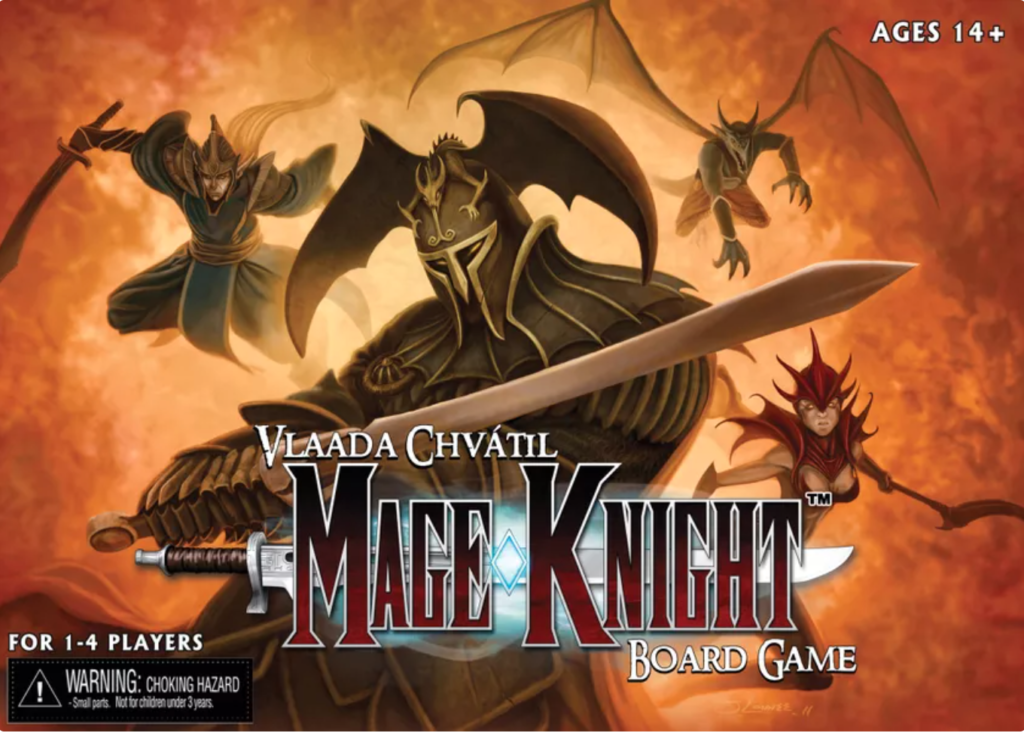
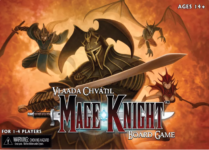
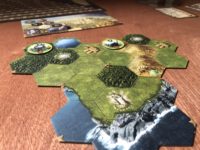
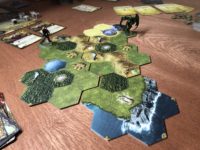



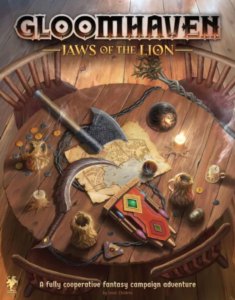

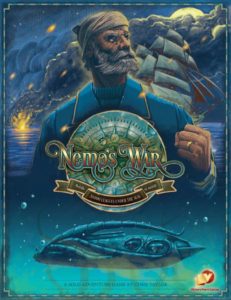

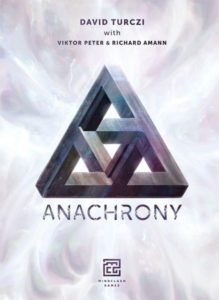
Sam says
Complexity five? This is quite a heavy game to learn and don't anticipate sitting down and playing together until at least one person has played the first scenario through by themselves in order to understand the basic concepts. Like any 'heavy' game, someone can teach it verbally in a fraction of the time it takes to read all the rules, and just refer back to the books when needed. At heart, it's an adventure: roam the land battling monsters, paying for everything you do with cards. And getting more cards as you go: better cards, that do crazy stuff. However the genius and caveat of Mage Knight is in the detail - how everything from starter decks to the landscape tiles provide nuance and if/but questions, and challenge you to look for the best way to synergise your cards (you can play as many as you like in a single turn, although there's a limit to how many actions you take). For me the experience is longer and heavier than my personal tastes pine for, and I think I would need a number of plays to feel I was comfortably familiar with the smaller spinning cogs. But that's not to say I don't admire it, and there are plenty who'll feel considerably warmer than that. If you want to spend long hours lost in this world and are willing to pay the entry fee, it's going to be glorious.